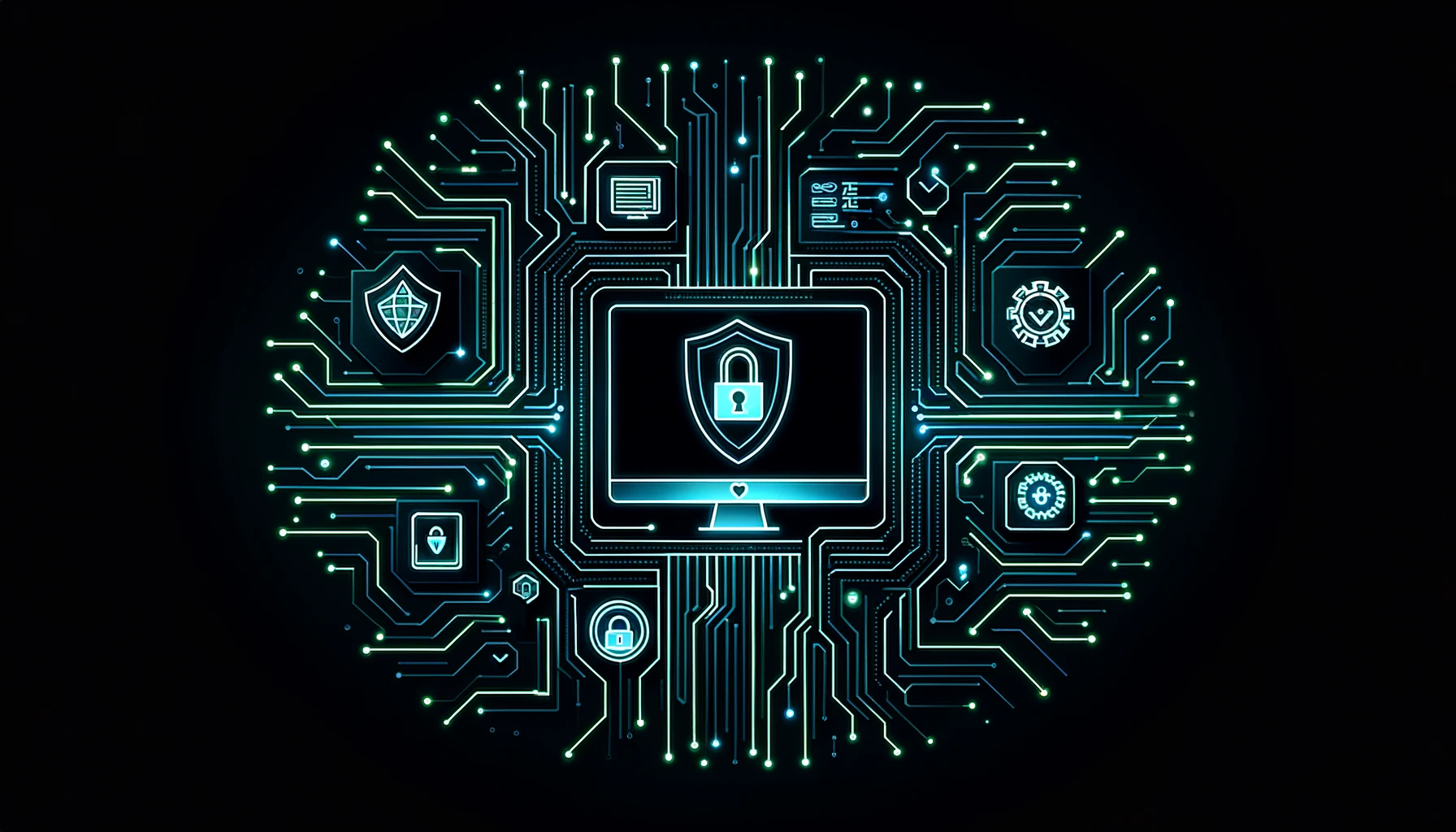Cyber Resilience Act 2022: Key Requirements and Compliance Guide

Cyber Resilience Act 2022: Quick Summary
- The Cyber Resilience Act (CRA) aims to make digital products in the EU safer from cyber threats.
- It covers hardware, software, and services, requiring regular security updates.
- Companies must follow strong cybersecurity standards throughout the entire product lifecycle.
- Open source projects have specific exemptions under the CRA.
- ByteSnipers helps businesses stay compliant and provides cybersecurity support.
What Is the Cyber Resilience Act 2022?
The Cyber Resilience Act (CRA) is an important new law that changes how companies in Europe create and sell digital products and services.
This law, introduced by the European Commission, aims to make digital products safer from cyber threats.
New Rules for Cybersecurity
The CRA sets new rules to keep products safe and secure, covering everything from simple devices like baby monitors to complex software.
The main goal is to make sure all products have stronger cybersecurity protections and to better protect consumers across Europe.
The Main Idea of the CRA
The main idea of the CRA is straightforward: Products sold in the EU need to meet specific cybersecurity standards.
These rules apply not only to hardware but also to software and services.
This comprehensive effort aims to fix security problems and make all digital products safer for everyone.
How the Cyber Resilience Act Affects Small Businesses and Products

Products Covered by the CRA
The CRA affects a wide range of products.
This includes digital products like software and online services, as well as physical products with built-in software, such as smart home devices.
Many small businesses that make or sell these products now need to review and improve their safety standards and development processes to meet the new requirements.
Regular Security Updates and Product Life Cycle
A major part of the CRA is the requirement for regular security updates and strong product life cycle management.
This means businesses are responsible for keeping their products secure not just when they are first released, but for the entire time the product is in use.
While this can be challenging for many SMEs, it also gives them an opportunity to build trust with customers by showing their commitment to long-term security.
How to Comply with the Cyber Resilience Act

Key Requirements of the CRA
The CRA requires companies to use strong cybersecurity standards at all stages of a product's life cycle.
This applies to hardware, software, and services.
The main goal is to protect products from cyberattacks and make them safer for users.
Step 1: Understand the Requirements
To comply with the CRA, it is important to understand what it asks for.
This means figuring out the types of products you have and setting the correct safety standards for each one.
Step 2: Check Your Current Security
Companies should review their current products and services to see if they meet CRA standards.
This includes evaluating existing security features and identifying any weak spots.
Step 3: Make Improvements
Based on the review, companies need to take steps to make their products and services meet CRA standards.
This could mean adding new security features, providing regular security updates, or improving existing security systems.
Step 4: Document and Report
Keeping clear records of what has been done is very important.
Companies need to maintain detailed notes on how they have met security requirements, and they might need to present these to the European Commission or other regulatory authorities.
Step 5: Monitor and Adjust Continuously
Since cybersecurity is always changing, companies need to continuously monitor their security measures and make adjustments as new threats or regulations arise.
How the Cyber Resilience Act (CRA) Affects Open Source Software

The Cyber Resilience Act (CRA) has a significant impact on open source software (OSS).
It affects both companies and developers, especially because of the flexibility and innovation that OSS provides.
What Is Open Source?
The CRA recognizes that open source software is unique and makes a clear distinction between commercial and non-commercial activities.
Non-commercial OSS projects are exempt from some CRA requirements, which helps ensure that these projects can continue to thrive.
The Open Source Steward
The CRA also introduces the concept of an "open source steward."
This is a legal group or organization that supports the development of OSS and ensures its long-term sustainability.
Working Together
It is very important for OSS communities to maintain ongoing communication with regulators.
This helps ensure that their specific needs and challenges are properly addressed.
The CRA establishes a framework that acknowledges and supports the importance of OSS without hindering its growth and spread.
ByteSnipers: Your Partner for a Smooth Transition
ByteSnipers is here to make your transition to the new cybersecurity requirements as smooth as possible.
As experts in cybersecurity, we can help your business stay compliant with the new regulations.
Our Services
- Penetration Testing: We conduct thorough penetration tests to identify vulnerabilities in your systems.
- Security Awareness Training: We provide comprehensive training to help you and your employees understand the importance of cybersecurity.
- Guidance and Consulting: We offer expert advice to ensure your products and services are secure and meet the CRA standards.
Get in Touch
We'd love to discuss how we can support your business.
Contact us today for a free initial consultation, and let’s tackle the CRA challenges together to create a safer digital future for Europe.

































